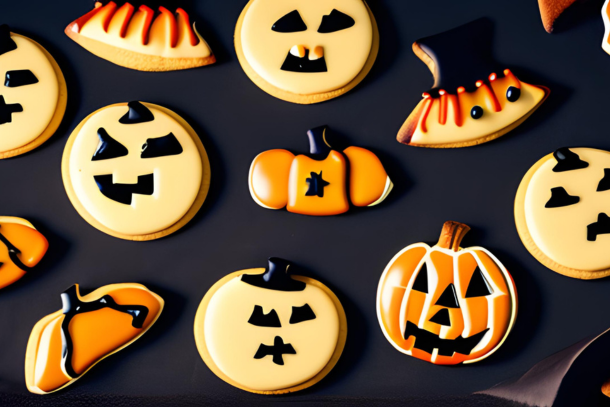Turning Pumpkin Carvings into Pumpkin Pie: A British Culinary Tradition
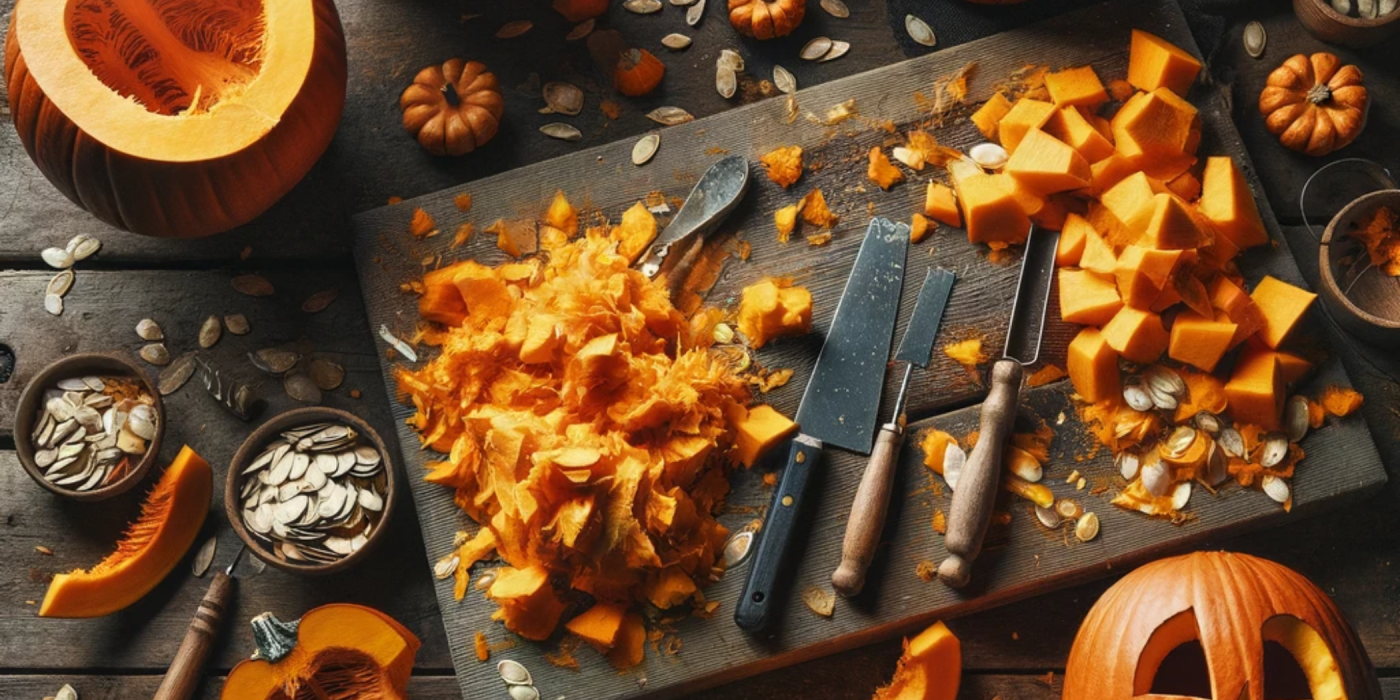
As the autumnal winds begin to chill and the leaves start to fall, the United Kingdom readies itself for one of the most cherished traditions of the year: Halloween. A time of celebration, imagination, and creativity, Halloween in the UK wouldn't be complete without the art of pumpkin carving. But what if this delightful tradition could go beyond mere decoration? What if we could turn those intricate carvings into something even more delightful?
Reusing Pumpkin Carvings
The idea of reusing pumpkin carvings is not only clever but also very timely. With sustainability and waste reduction becoming increasingly important, transforming pumpkin carvings into something delicious represents a perfect blend of creativity and responsibility. Gone are the days when the carved pumpkin's inner flesh was simply discarded. Now, those very carvings can find a second life as a mouth-watering dessert.
Popularity of Pumpkin Carving in the UK
Pumpkin carving has been a beloved part of British Halloween celebrations for generations. Whether it's the classic Jack-o'-lantern or more intricate designs, the carved pumpkin is a symbol of festivity and fun. In schools, homes, and communities across the UK, the glow of carved pumpkins sets the stage for a magical night.
Turning Waste into Dessert
Beyond the festive display, the pumpkin's flesh offers an opportunity to create a delightful dessert that's as British as it is delicious. The transformation from waste to taste is not just about cooking; it's about celebrating a rich cultural tradition in a sustainable and scrumptious way.
In the following sections, we will guide you through the art of choosing the perfect pumpkin, carving it with pie-making in mind, and turning those carvings into a traditional British pumpkin pie that's sure to be the highlight of any Halloween feast.
The Beauty of Pumpkin Carving
A Brief History of Pumpkin Carving in the UK
Pumpkin carving has long been a cherished tradition in many countries, but it has its own unique flavour in the United Kingdom. While the practice is believed to have originated from the Irish and Scottish tradition of carving turnips, it was embraced by the British and transformed into an art form with pumpkins. Today, it's an integral part of Halloween celebrations across the nation, symbolising creativity, festivity, and cultural continuity.
Techniques and Popular Designs
Carving a pumpkin is an art, and the British have mastered it with various techniques and popular designs. Traditional faces remain timeless, but there's also an emerging trend towards intricate patterns, representing everything from famous landmarks to beloved fictional characters. Tools range from simple kitchen knives to specialised carving kits. Workshops and tutorials have even become common, allowing everyone from children to adults to participate in this craft.
Importance of Sustainability and Waste Reduction
In recent years, there's been a growing emphasis on sustainability and waste reduction in the UK, and this has influenced the pumpkin carving tradition as well. Millions of pumpkins are carved every year, but what happens to the leftover flesh? The trend of turning carved pumpkin remains into delicious dishes, such as pies, soups, or roasts, not only enhances the culinary culture but aligns with the British values of reducing waste and promoting sustainability. This shift has been embraced by many, adding another layer of significance to this well-loved tradition.
Selecting the Right Pumpkins
Selecting the right pumpkin can be a critical part of both your carving and culinary experience. The quality and type of pumpkin you choose can greatly influence the end result. In this section, we'll delve into how to select the perfect pumpkins for both artistic carving and delicious cooking.
Guide to Choosing the Perfect Pumpkins
For Carving
Choosing a pumpkin for carving requires attention to size, shape, and firmness. Look for pumpkins that are symmetrical with sturdy stems, as they are easier to carve. The surface should be smooth with no bruising or soft spots.
For Cooking
Cooking pumpkins need to be flavoursome and have a good texture. Small sugar pumpkins or culinary-specific varieties are often best. Avoid the large carving pumpkins for cooking, as they tend to be more watery and less flavourful.
Organic and Locally-Sourced Options
Organic Pumpkins
Opting for organic pumpkins ensures that you are selecting a product free from synthetic pesticides and fertilisers. This can enhance both the taste and nutritional value of your pumpkin pie.
Locally-Sourced Pumpkins
Locally-sourced pumpkins are often fresher and support local farmers and the community. By choosing local produce, you also contribute to sustainability and reduce your carbon footprint.
In conclusion, selecting the right pumpkins for both carving and cooking is a fine art that requires attention to various factors, including shape, size, type, and source. Whether you’re looking for a pumpkin to create a Halloween masterpiece or to turn into a delicious pie, considering these factors will ensure that you choose the very best pumpkin for your needs.
Carving with Pie-Making in Mind
Carving pumpkins is not only an enjoyable artistic pursuit but can also be a mindful exercise in preparing ingredients for a scrumptious pie. The keys to this successful transformation lie in the carving techniques, tools, and safety precautions that preserve the valuable pumpkin flesh.
Tips for Carving While Preserving the Flesh
The art of carving a pumpkin without wasting the flesh requires a delicate balance. Consider these tips:
- Choose the Right Tools: Opt for specialised carving tools rather than a regular kitchen knife.
- Use Gentle Cuts: Carve with a gentle hand to minimise damage to the interior flesh.
- Follow a Design: Sketch or trace a design first to reduce mistakes that could waste flesh.
- Save All Scraps: Even small bits can be used for flavouring or in other recipes.
Safety Considerations
Safety is paramount when dealing with sharp tools and hard vegetables. Here's what to keep in mind:
- Wear Appropriate Gear: Non-slip gloves can provide a better grip.
- Use Stable Surfaces: Carve on a flat, stable surface to reduce the risk of accidents.
- Supervise Children: Always supervise younger participants.
Tools and Techniques
Investing in the right tools can make a difference in both the carving experience and preserving the pumpkin for pie-making:
- Specialised Carving Sets: Available in most culinary shops, these sets include various tools for different carving needs.
- Scooping Tools: Proper scooping tools help in removing seeds and fibres without damaging the flesh.
- Instructional Guides: Plenty of online tutorials offer guided techniques for carving with culinary goals in mind.
Combining the joy of carving with the anticipation of a delicious pumpkin pie is not just possible; it's a delightful endeavour that marries tradition with culinary creativity. It is a fusion of the British penchant for both whimsical creativity and sensible utilisation of seasonal produce. By following these guidelines, you're well on your way to turning your carved masterpiece into a tasty treat.
Preparing the Pumpkin Flesh
The joy of creating a festive pumpkin carving doesn't have to end with a lantern; it can be the starting point of a delicious homemade pumpkin pie. Here's how to take those carved pieces and prepare them for cooking, preserving the freshness and flavour of the pumpkin flesh.
Collecting the Pumpkin Flesh
After you've carved your masterpiece, you'll likely have plenty of pumpkin flesh left over.
- Collecting the Carved Pieces: Utilise a spoon or scoop to gently separate the carved pieces from the skin, taking care not to include any of the outer rind.
- Utilising the Interior Flesh: Don't forget the interior flesh that was scooped out initially. This can often be the tastiest part of the pumpkin.
Preparing for Cooking
Preparing the pumpkin flesh properly will ensure that it's ready for cooking whilst maintaining its natural flavour.
- Washing and Cleaning: Rinse the pumpkin pieces to remove any debris or lingering seeds.
- Chopping into Uniform Sizes: Cut the flesh into uniform sizes to ensure even cooking. This can be a meditative and enjoyable part of the process.
- Storing for Later Use: If you're not planning on cooking immediately, store the prepared pumpkin in an airtight container in the fridge.
Preserving Freshness
Freshness is key to a flavourful pumpkin pie.
- Using Quickly: Pumpkin flesh is best used within a couple of days of carving.
- Avoiding Freezing: Whilst freezing is an option, it may alter the texture. If possible, aim to use fresh pumpkins for the best results.
By thoughtfully preparing your pumpkin carvings, you'll be well on your way to turning what might have been waste into the base of a classic British pumpkin pie. Now that's a tasty transformation!
Traditional British Pumpkin Pie Recipe
Turn your Halloween pumpkin carvings into a scrumptious dessert by following this quintessential British pumpkin pie recipe. Designed to celebrate tradition and offer alternative options, this section covers everything you need to know to create the perfect pie.
Ingredients and Step-by-Step Instructions
Start by gathering the following ingredients for the base recipe:
- 500g of roasted pumpkin flesh
- 200g of caster sugar
- 3 large eggs
- 150ml double cream
- 1 tsp ground cinnamon
- 1 tsp ground nutmeg
- 1 tsp ground ginger
- 1 pre-made shortcrust pastry case
Instructions:
- Preheat the oven to 180°C (160°C fan) or gas mark 4.
- Mix the pumpkin flesh, sugar, eggs, double cream, and spices in a large bowl until smooth.
- Pour the mixture into the pastry case.
- Bake for 40-45 minutes or until the filling is set.
- Allow to cool, then serve with a dusting of icing sugar or a dollop of whipped cream.
Vegan and Gluten-Free Options
For a vegan alternative, replace the eggs with a flaxseed mixture and use coconut cream. For gluten-free, select a gluten-free pastry case.
Pairing with Other Classic British Dishes
This traditional pumpkin pie pairs wonderfully with British classics like custard or a robust cup of tea. For a full festive feast, serve alongside other seasonal favourites such as roast chestnuts or mulled wine.
By turning your pumpkin carvings into a delightful pumpkin pie using this traditional British recipe, you not only savour a tasty treat but also embrace a unique British culinary tradition. Whether opting for the classic, vegan, or gluten-free version, this pumpkin pie is sure to become a staple in your autumn festivities.
Serving and Presentation
The art of presenting and serving a dish speaks volumes about the effort and love put into cooking. With a dish as traditional and delightful as pumpkin pie, you have a canvas that's ready to showcase your creativity. Here's how to add the final touches to make your pumpkin pie a visual and culinary masterpiece.
Serving Tips for an Aesthetically Pleasing Dish
Pumpkin pie has a warm, golden appearance that’s just waiting to be dressed up. Consider adding a dollop of freshly whipped cream, a sprinkle of cinnamon or nutmeg, or even a sprig of fresh mint for colour contrast. If you want to go the extra mile, serve the pie on a platter with seasonal fruits like berries or apple slices arranged artfully around it. The use of fine china or rustic ceramic plates can also add a touch of elegance or homeliness, depending on the occasion.
Serving Suggestions, Including Beverage Pairings
A slice of pumpkin pie can be more than just a dessert; it can be an experience. To enhance the flavours, consider serving it with a hot cup of Earl Grey tea or a glass of dessert wine. If you prefer non-alcoholic beverages, a warm spiced apple cider or a freshly brewed coffee can complement the pie's rich, spiced flavour. If you're serving the pie at a festive gathering, you might even consider creating a special themed cocktail that echoes the flavours in the pie.
Conclusion
A Festive Tradition Reimagined
Turning a festive tradition into a delightful culinary experience, our journey from pumpkin carving to pumpkin pie encapsulates the very essence of British creativity and innovation in the kitchen. No longer must your carved pumpkins meet a wasteful end; instead, they can be transformed into a delicious, homemade pumpkin pie.
The Joy of Transformation at Home
What began as an artful creation to celebrate Halloween can become the centrepiece of your autumn table. The simple joy of taking something decorative and turning it into something delectable is a culinary adventure worth exploring. From choosing the perfect pumpkin to carefully carving and finally baking a traditional British pumpkin pie, every step offers a rewarding and enjoyable experience.
Moreover, the transformation at home offers a wonderful opportunity to involve family and friends, making it not just a cooking endeavour but a cherished memory. Whether it’s your first time making a pie or you are a seasoned pie-maker, this adventure offers something for everyone.
Embrace British Traditions with a Twist
In embracing this innovative approach, you're not only reducing waste but also keeping alive a cherished British tradition with a delicious twist. It’s a celebration of British culture, creativity, and culinary excellence. Give it a try, and you may find that this pumpkin transformation becomes a new tradition in your household.
So go ahead, take your pumpkin carving to the next level, and delight your friends and family with a homemade pumpkin pie that embodies the best of British traditions.
Related to this article are the following:
- A Beginner's Guide to Making Pumpkin Pie
- Warmth in Every Whisk: Crafting an Enchanting Autumnal Ambience in Your Kitchen
- Unraveling the Charm of British Halloween: Essential Traditions and Festivities
- Autumn Uncovered: Inspiring Fall Themes for Events We're Obsessing Over
- Artful Autumn: Your Ultimate Guide to Pumpkin Carving in the UK
I do hope you have enjoyed this article and hope that you will subscribe to my newsletter so you can get the latest information about all things naturally relaxing.
Stay in touch, join the Naturally Relaxing Newsletter
Newsletter Signup
Post Your Comments
or post as a guest
Be the first to comment.
Latest articles in Food
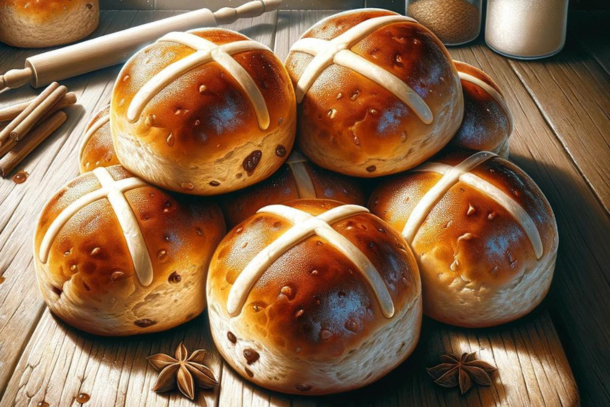
Hot Cross Buns This Easter: A Timeless Tradition of Baking and Sharing
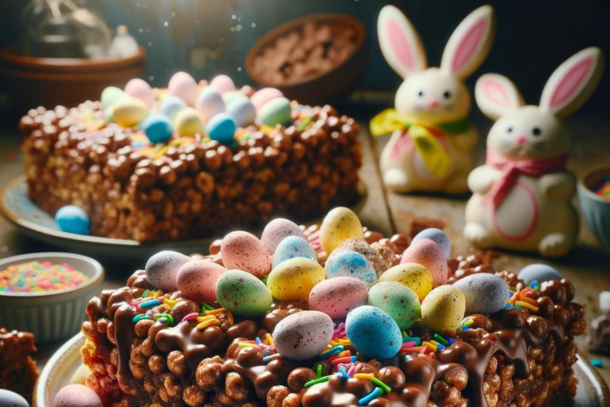
Chocolate Krispie Cakes for Easter: A Simple, Festive Treat for All
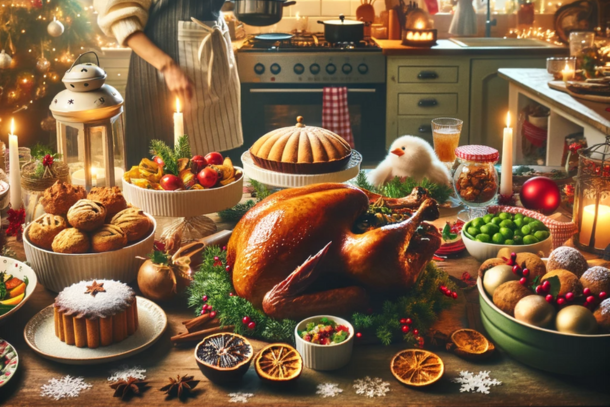
2023 Christmas Culinary Delights: Recipes for the Ultimate Festive Feast
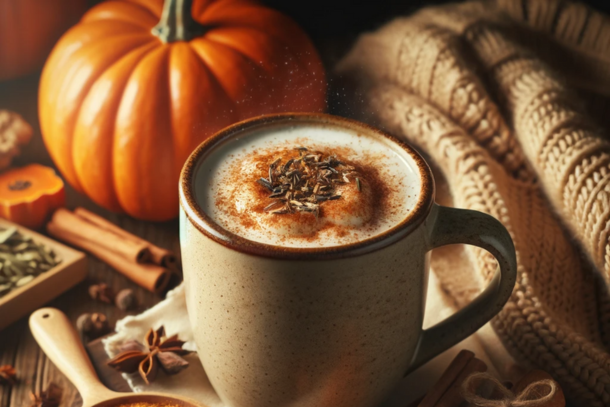
Embrace Autumn with the Best Pumpkin Spice Recipes in the UK

A Beginner's Guide to Making Pumpkin Pie
